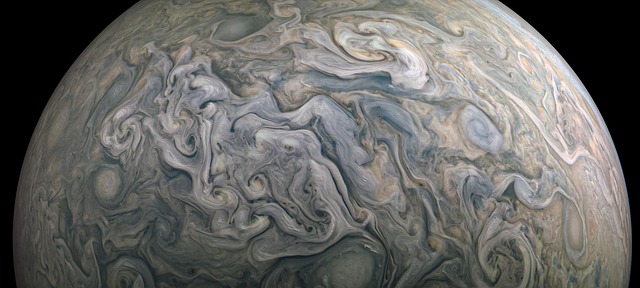Have you ever wondered if exoplanets made of dark matter exist? Dark Exoplanets or DEPs, a hypothetical concept, are exoplanets made out of dark matter. Scientists have been trying to physically discover them for the past few decades, but they remain a theoretical concept. However, with all the different confirmations from a lot of different observations, most scientists believe that they definitely exist. In this article, we’ll explore the world of DEPs, their characteristics, and how scientists are trying to detect them using modern techniques.
Dark Matter and DEPs
Scientists assume that dark matter is real and made by physical particles. If it’s made out of physical particles, it’s not far-fetched to assume that it might form objects very similar in mass to a typical exoplanet. Theoretically, these exoplanets made of dark matter could be orbiting typical stars. However, unlike the planets we know, hypothetical dark matter particles would only interact with everything using gravitational forces, creating very unusual and exotic planets.
There are two potential explanations for DEPs. Dark matter could be made out of extremely small particles that don’t even interact with anything else, even each other, moving around the universe and forming very large clouds. These clouds would gravitational attract everything around themselves, but not really form any larger objects.
The alternative explanation involves what’s known as composite dark matter, sometimes known as macros, or macroscopic dark matter. This is some very unusual much larger chunks of stuff, possibly representing very large blobs, combine into larger and larger objects. Theoretically, some can be even mass of a planet or even larger. And if such objects exist, they would essentially represent very dark exoplanets, with extremely unusual properties, very different from typical exoplanets, observed by various telescopes.
Detecting DEPs
The question is how to detect DEPs. Most of the planets have been discovered using the transit method, by looking at the shadow of the planet passing in front of the star. Different planets produce different shadows, but depending on what the planet is made from, the passage is also going to be very different. So if a certain object seems to have a certain mass but creates a very different shadow from what’s expected, that’s going to be a telltale sign that this particular object is possibly made from something else.
Or in order to discover exactly what the mass of the object is, we normally also require what’s known as radio velocity. The observation of tiny wobbles of the star as the planet moves around it. These types of objects can only be discovered if their mass and of course their size are known exactly. If we see a planet that interacts with the star, and its properties suggest that it’s either extremely dense or extremely low in density, that potentially could be a signal that this planet might not be exactly what we think it is.
Unexplained Exoplanets
Intriguingly, in the last few years, scientists have discovered a few unexplained exoplanets, such as K238B, that have a density that’s a little bit too high. For this unusual exoplanet, the preliminary calculations suggested the density of up to 3 times higher than iron. All the recalculations suggested as slightly lower density. Either way, it’s still above what we have on earth and above what we have anywhere in the solar system. It’s very difficult to explain the existence of this unusual exoplanet because it’s just a little bit too dense.
Conclusion
In conclusion, DEPs remain a theoretical concept, but the possibility of their existence cannot be ignored. Scientists are trying to detect them using modern techniques, and with the discovery
